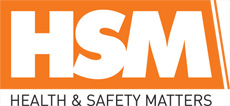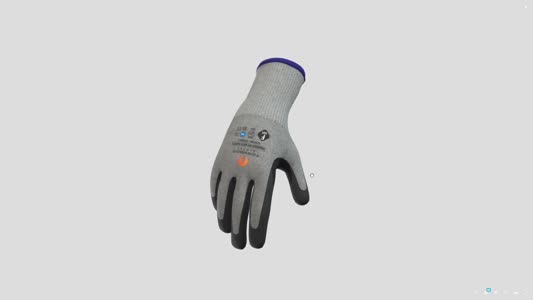
 |
Mark Sennett
Managing Editor |
 |
Kelly Rose
Editor |
ARTICLE
'Can a person be left alone at their place of work?'
23 January 2013
Each issue the HSE shares one of the most popular questions it has been asked on the HSE infoline the previous month
Lone workers should not be put at more risk than other employees. There is no legal prohibition on working alone - but a risk assessment should be carried out and extra risk control measures might be necessary as a result. The Health and Safety at Work Act and the Management of Health and Safety at Work Regulations apply. These require that the employer identifies hazards arising from the work, assesses the risks involved, and puts in place measures to avoid or control them, including instruction, training, supervision, protective equipment etc.
Precautions should take account of both normal work and foreseeable emergencies, e.g. fire, equipment failure, illness and accidents. Employers should check that control measures are used and review the risk assessment from time to time to ensure it is fit-for-purpose.
There are some high-risk activities where at least one other person may be needed. Examples include highrisk confined space working where a supervisor and someone dedicated to the rescue role might be needed, or electrical work at or near exposed live conductors where at least two people are sometimes required.
Where a lone worker is working at another employer's workplace, that employer should inform the lone worker and their employer of any risks and of control measures that should be taken.
As part of the risk assessment, employers should identify situations where people work alone and ask:
• Does the workplace present a risk to the lone worker?
• Is there a safe way in and out?
• Can plant, substances and goods involved in the work be safely handled by one person? (Does the work involve lifting objects too large for one person or is more than one person needed to operate controls for the safe running of equipment?)
• Is there a risk of violence?
• Are women or young workers especially at risk if they work alone?
• Is the person medically fit and suitable to work alone?
• Is a system of reporting in at regular intervals needed?
• What happens if the person becomes ill, has an accident or there is an emergency - are there effective means of raising the alarm and summoning help?
Download our free leaflet on working alone safely from www.hse.gov.uk/pubns/indg73.pdf.
HSE INFOLINE
Calls about any aspect of health and safety law can be directed to the Health and Safety Executive's Info-line 8am to 6pm weekdays on 0845 345 0055. Calls are charged.
Precautions should take account of both normal work and foreseeable emergencies, e.g. fire, equipment failure, illness and accidents. Employers should check that control measures are used and review the risk assessment from time to time to ensure it is fit-for-purpose.
There are some high-risk activities where at least one other person may be needed. Examples include highrisk confined space working where a supervisor and someone dedicated to the rescue role might be needed, or electrical work at or near exposed live conductors where at least two people are sometimes required.
Where a lone worker is working at another employer's workplace, that employer should inform the lone worker and their employer of any risks and of control measures that should be taken.
As part of the risk assessment, employers should identify situations where people work alone and ask:
• Does the workplace present a risk to the lone worker?
• Is there a safe way in and out?
• Can plant, substances and goods involved in the work be safely handled by one person? (Does the work involve lifting objects too large for one person or is more than one person needed to operate controls for the safe running of equipment?)
• Is there a risk of violence?
• Are women or young workers especially at risk if they work alone?
• Is the person medically fit and suitable to work alone?
• Is a system of reporting in at regular intervals needed?
• What happens if the person becomes ill, has an accident or there is an emergency - are there effective means of raising the alarm and summoning help?
Download our free leaflet on working alone safely from www.hse.gov.uk/pubns/indg73.pdf.
HSE INFOLINE
Calls about any aspect of health and safety law can be directed to the Health and Safety Executive's Info-line 8am to 6pm weekdays on 0845 345 0055. Calls are charged.
MORE FROM THIS COMPANY
- Worker deaths in Britain fall to record low
- Asbestos prosecution launched against high street retailer
- Company fined after man suffers horrific burns to legs
- HSE issues reminder of the risks and precautions associated with tank cleaning operations
- Myth of the month
- Rise in number of workplace fatalities
- Worker's arm dragged into industrial conveyor belt
- Nestle fined £180,000 after safety failures led to worker's death
- Company fined after worker's fingers are crushed
- Chocolate manufacturer fined over fractured finger
RELATED ARTICLES
- No related articles listed
OTHER ARTICLES IN THIS SECTION























